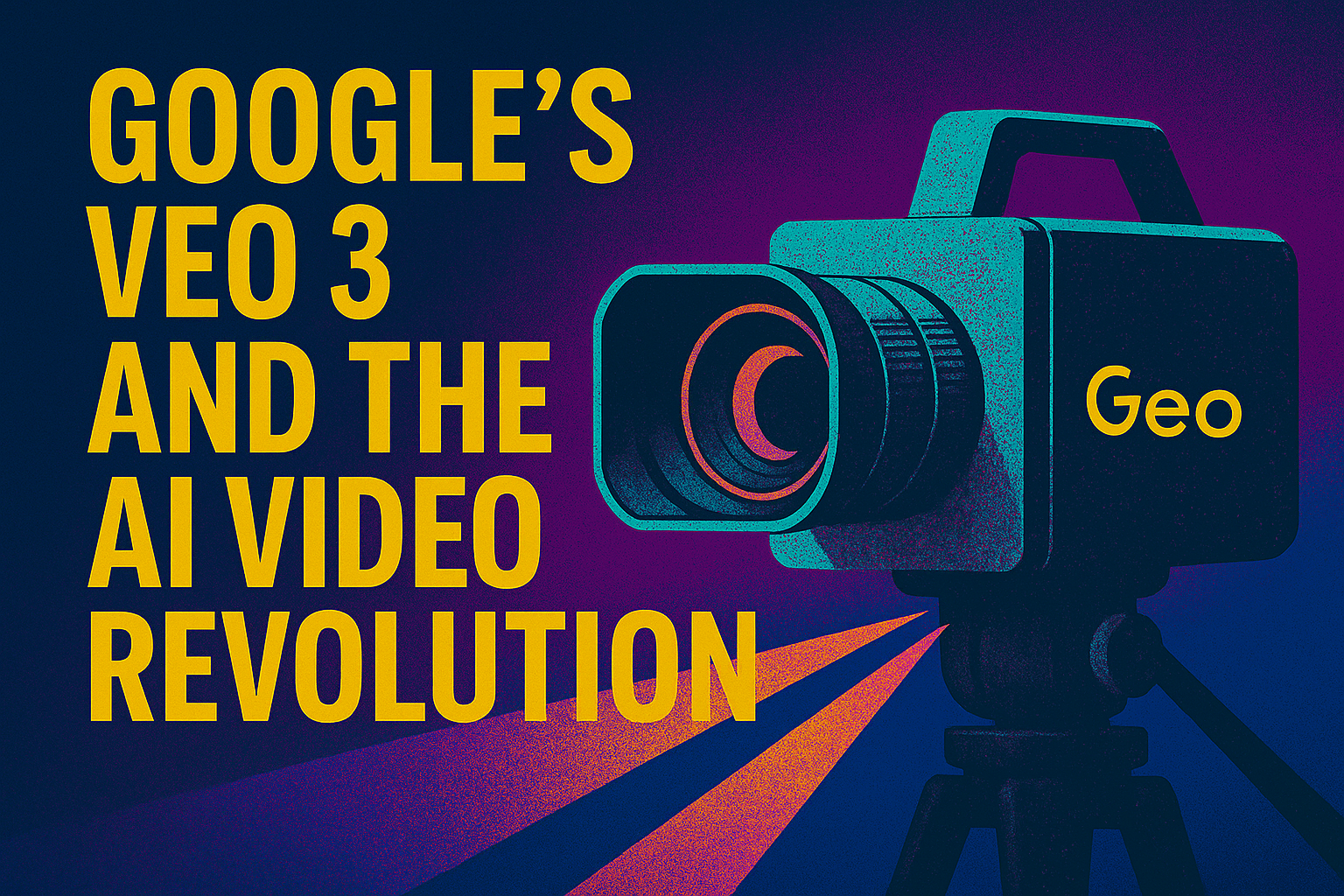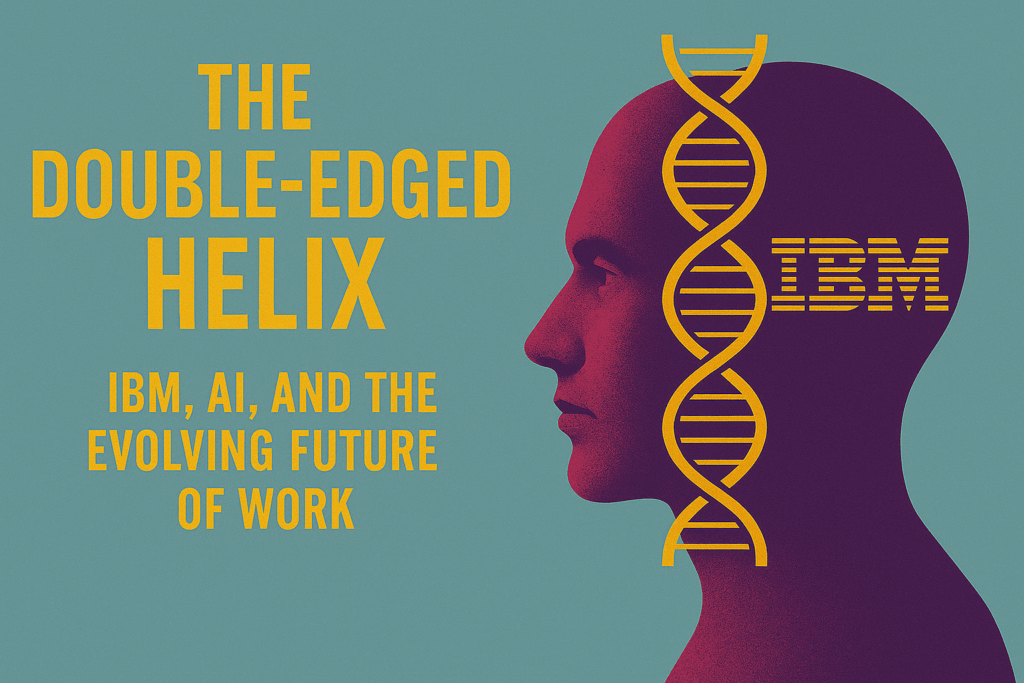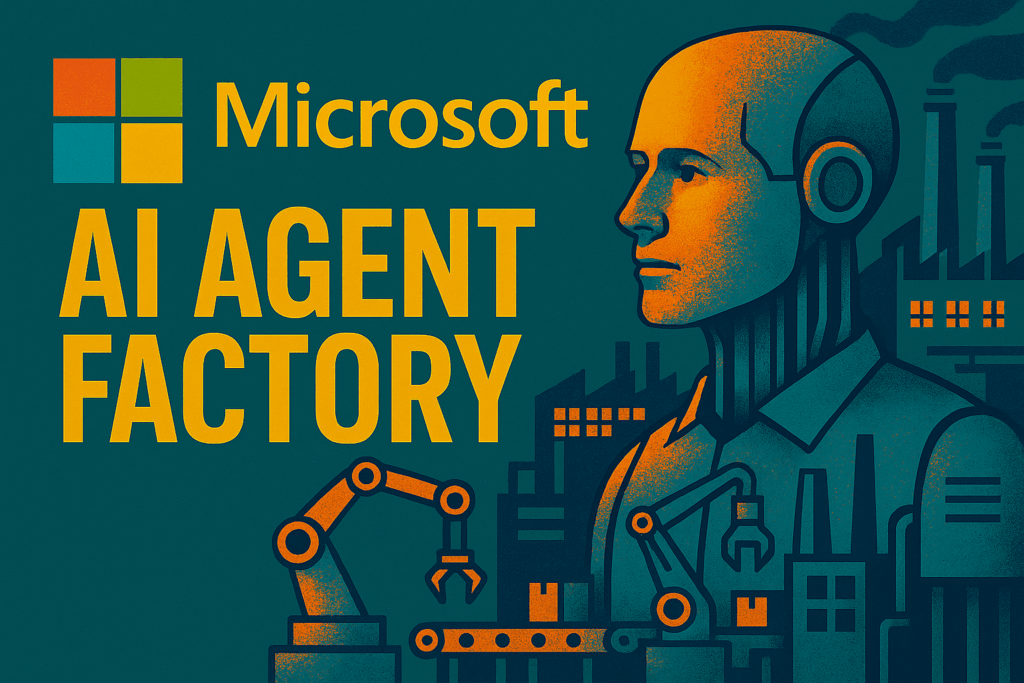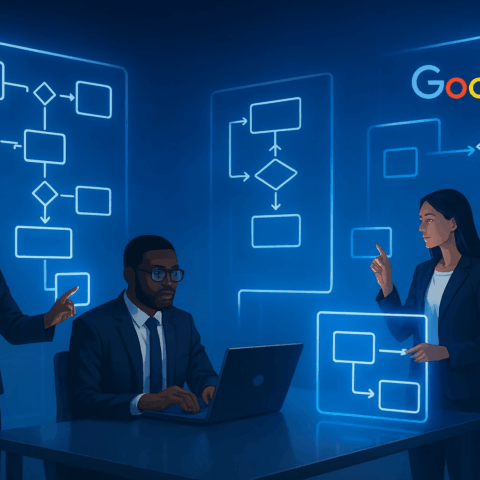Google’s Veo 3 has emerged as the most technically advanced AI video generation model available in 2025, becoming the first to generate synchronized audio alongside video content. CNBC +2 Released at Google I/O 2025 (May 20-21), Veo 3 marks what Google DeepMind CEO Demis Hassabis calls “the end of the silent era of video generation.” Axios +5 With 4K resolution capabilities, native audio synthesis, and advanced physics simulation, Veo 3 represents a significant leap forward Google DeepMind +3 – though at a premium price of $249.99 per month that limits accessibility. Mediaweek +3 The AI video generation market itself is experiencing explosive growth, valued at $614.8 million in 2024 and projected to reach $2.5-3 billion by 2032, with multiple competitors vying for dominance across different use cases and price points. Fortunebusinessinsights
The technical breakthrough that changes everything
Google’s Veo 3 distinguishes itself through revolutionary native audio generation – a capability no competitor currently matches. TechRadarTechCrunch The system generates dialogue, sound effects, ambient noise, and background music automatically synchronized with video content, including advanced lip-syncing technology that maintains accuracy across multiple languages. Axios +4 This audio integration transforms AI video from a visual-only medium into a complete audiovisual experience.
The technical specifications reveal Veo 3’s superiority in several key areas. The model supports up to 4K resolution (4096×2160 pixels), Google DeepMindVEO 3 significantly higher than OpenAI Sora’s 1080p limit Stewart Gauld +2 or Runway Gen-3’s 720p standard output. SlashdotGoogle Standard video lengths range from 5-8 seconds, Google Cloud but the integration with Google’s Flow filmmaking tool enables scene stitching for extended content reaching several minutes. The system demonstrates exceptional prompt adherence and physics simulation, understanding complex real-world interactions better than any current competitor. Axios +5
Veo 3’s advanced features include professional cinematography controls (dolly, zoom, pan, tracking shots), character consistency maintenance across multiple shots, and reference-powered video generation that allows users to upload images for style and character consistency. Slashdot +2 Every generated video includes SynthID watermarking – invisible markers that identify AI-generated content for transparency and safety. Google DeepMind +4
Competitive landscape reveals diverse approaches
The AI video generation market has evolved into distinct tiers serving different needs. OpenAI’s Sora, released publicly in December 2024, Wikipedia offers up to 20-second videos at 1080p resolution Openai +2 but lacks audio generation entirely. AxiosOpentools Despite strong visual quality and integration with ChatGPT, users report that only 25% of generated clips are immediately usable, Geeky Gadgets with physics simulation remaining a significant weakness. WikipediaWindows Central Sora’s pricing ranges from $20/month (Plus) to $200/month (Pro), Openai +2 positioning it as a premium option without Veo 3’s audio capabilities. AxiosOpentools
Runway Gen-3 Alpha has emerged as the professional filmmaker’s choice, Resemble AI offering comprehensive video-to-video capabilities Runwayml and the innovative Multi Motion Brush feature allowing independent control of up to 5 motion areas. Tom’s Guide +4 At $95/month for unlimited access, AI Filmmaking Forum Runway excels at cinematic control Axios but users report frequent “prompt disobedience” where the system fails to follow instructions accurately. Runwayml The platform’s strength lies in its 30+ AI tools for video creation and editing, Resemble AI making it more of a complete production suite than a single generation tool. Runwayml +3
Kling AI represents the value proposition in the market, offering 1080p video at 30fps for $5-46/month. LummiTopview Users praise its excellent realistic motion and physics simulation, with particularly strong lip-syncing capabilities. The system can generate videos up to 2 minutes in length, MyscaleTopview though generation speeds need improvement. LummiAnalytics Vidhya For budget-conscious creators seeking quality output, Kling provides the best balance of features and affordability.
Pika Labs targets the entry-level market with a free tier and paid plans AICompetence from $8-60/month. PikartaiPika Labs AI Its Scene Ingredients feature allows precise control by building videos piece-by-piece with reference images. Synthesia +2 While limited to shorter clips and lower resolutions than premium competitors, Pika’s accessible interface and community-driven development make it popular among social media content creators and small businesses.
Real-world adoption patterns and use cases
Industry adoption reveals clear patterns across different sectors. 80% of content creators now incorporate AI tools in their workflows, with video creators leading at 54% adoption rates. Digiday Marketing agencies use these tools for rapid prototyping and social media content, while enterprises leverage them for training materials and internal communications. The most successful implementations combine AI generation with traditional production workflows rather than attempting full replacement.
A pharmaceutical company created a professional-quality commercial for $500 using AI video generation – compared to a traditional $500,000 budget. Techradar Educational institutions report 30% higher engagement when using AI-generated video content versus text-based materials. synthesia Film studios, including Lionsgate’s partnership with Runway, Tom’s Guide use AI for pre-visualization and concept development, RunwaymlAxios though concerns about job displacement remain significant with an estimated 100,000+ film industry jobs potentially affected by 2026. TechCrunchRunwayml
Common workflows integrate multiple AI tools: creators typically use ChatGPT or similar for script generation, Midjourney for reference frames, their chosen video generation platform for primary content, and AI-powered editing tools for post-production. Switcherstudio This multi-tool approach reflects the current reality that no single platform excels at every aspect of video production.
Technical architecture and future developments
The underlying technology varies significantly between platforms. Veo models utilize extended 3D U-Net architectures with spatiotemporal attention mechanisms, while Sora employs Diffusion Transformer (DiT) architecture operating on spacetime patches. InfoQ +2 These architectural differences manifest in output quality and capabilities – Veo’s approach excels at physics simulation and temporal consistency, while Sora’s design enables variable aspect ratios and resolutions within a single model. Monica Blog
Hardware requirements for local deployment remain substantial. Professional-quality generation requires GPUs with at least 24GB VRAM (RTX 4090 or better), Puget SystemsPuget Systems though cloud-based services eliminate these requirements for end users. API availability varies, with Google offering Vertex AI integration for enterprise customers Google Cloud BlogGoogle Cloud while Runway provides comprehensive developer tools for custom applications. Google Cloud Blog
Future developments focus on extending video lengths, improving generation speeds, and enhancing creative control. Variety Google has announced plans for YouTube Shorts integration by late 2025 and global expansion beyond the current US-only availability. Mediaweek +2 The industry broadly pursues real-time generation capabilities and improved physics understanding, with particular emphasis on solving the persistent challenge of temporal consistency in longer videos.
Pricing strategies and accessibility challenges
The market exhibits clear pricing stratification. Veo 3’s $249.99/month positions it as the ultra-premium option, CNBC including 30TB storage and YouTube Premium but limiting access to serious professionals and enterprises. Mediaweek +3 This pricing reflects both the computational costs of 4K generation with audio and Google’s strategy to limit initial demand while scaling infrastructure.
Mid-tier options like Runway ($95/month unlimited) AI Filmmaking Forum and Sora ($200/month Pro) OpenaiGeeky Gadgets target professional content creators who need advanced features but find Veo 3’s pricing prohibitive. RunwaymlOpentools Budget options including Kling AI ($5-46/month) Topview +2 and Pika Labs (free tier available) AICompetence democratize access but with corresponding limitations in quality, features, or generation speeds. Pika Labs CommunityPika
The credit-based systems employed by most platforms create additional complexity. Sora charges 200 credits for a 5-second 1080p video, with Pro users receiving 10,000 monthly credits Stewart Gauld – enough for approximately 50 high-quality short clips. AxiosStewart Gauld This model forces users to carefully manage their usage, potentially limiting experimentation and learning.
Ethical considerations shape industry evolution
The rapid advancement of AI video generation raises significant ethical concerns. 96% of deepfakes are pornographic content, predominantly targeting women without consent. Orfonline The technology’s potential for creating misleading political content, identity theft, and non-consensual explicit material has prompted regulatory responses worldwide. Orfonline
The European Union’s AI Act, which entered force August 1, 2024, mandates clear labeling of AI-generated content and requires copyright compliance for training data. Europa In the United States, over 40 states introduced AI-related legislation in 2024, though federal regulation remains absent following the Trump administration’s rescission of Biden’s AI Executive Order. NcslSIG
Industry self-regulation includes watermarking technologies like Google’s SynthID, content moderation systems, and strict usage policies. Google DeepMind +4 However, the cat-and-mouse game between generation and detection technologies continues, with perfect detection remaining elusive. The question of training data rights persists, with creators expressing concern about their work being used without compensation. TechCrunch
Market dynamics and investment trends
The AI video generation market’s 18-20% projected CAGR reflects massive investor interest. Fortunebusinessinsights Runway raised $141 million from Google, Nvidia, and Salesforce, while Pika Labs secured $135 million by June 2024. RunwaymlYahoo Finance This funding enables rapid development but also increases pressure for monetization, potentially explaining the high pricing of consumer-facing services.
Geographic distribution shows Asia-Pacific leading with 31.4% market share, though North America’s 40.6% share and 20.3% expected CAGR indicates strong Western growth. GrandviewresearchARTSMART AI Germany’s €5 billion government AI investment positions Europe for significant expansion, with the highest projected regional CAGR of 20.5%. Grandviewresearch
Consolidation trends suggest larger tech companies will acquire innovative startups, potentially reducing market diversity but accelerating integration with existing platforms. Google’s development of Veo 3 demonstrates how tech giants leverage their infrastructure advantages – vast computational resources, existing user bases, and integrated ecosystems – to compete with specialized startups.
Conclusion
Google’s Veo 3 represents both the current pinnacle of AI video generation technology and a glimpse of the industry’s trajectory. Its native audio generation, 4K resolution support, and advanced physics simulation set new standards that competitors will race to match. Axios +6 However, the $249.99 monthly price and US-only availability create significant barriers to adoption, DataCamp leaving room for competitors to capture different market segments. Pollo AI +2
Success in this rapidly evolving landscape requires matching tools to specific use cases rather than seeking a universal solution. Aitoolssme Professional filmmakers needing maximum quality and audio integration should consider Veo 3 despite its cost. Content marketers requiring volume and variety might find better value in Runway’s comprehensive toolset or Kling AI’s balance of quality and affordability. AitoolssmeAI Animation Small businesses and individual creators can start with Pika Labs’ free tier or InVideo’s template-based approach before upgrading as needs grow. Aitoolssme
The broader implications extend beyond tool selection. As AI video generation becomes increasingly sophisticated and accessible, traditional video production workflows will fundamentally change. Cybernews The technology’s potential for both creative empowerment and harmful misuse demands continued attention to ethical development, regulatory frameworks, and detection technologies. WebProNews Organizations and creators who thoughtfully integrate these tools while maintaining awareness of their limitations and responsibilities will be best positioned to benefit from this transformative technology.







![Meta's $300 million gamble reshapes the AI talent wars Meta has launched the most aggressive talent acquisition campaign in technology history, offering individual compensation packages up to $300 million over four years to elite AI researchers. CNBC +7 This unprecedented strategy, coupled with $60-65 billion in infrastructure investments for 2025, represents Mark Zuckerberg's all-in bet to transform Meta from an AI follower into the leader in the race toward superintelligence. Data Center Dynamics +5 The campaign has successfully recruited dozens of top researchers from OpenAI, Google DeepMind, and Apple, while fundamentally disrupting compensation norms across the entire AI industry and raising critical questions about talent concentration and the future of AI development. CNBC +8 The $300 million figure decoded: Individual packages, not aggregate spending The widely reported "$300 million AI brain drain" figure represents individual compensation packages for elite AI researchers over four-year periods, not Meta's total spending on talent acquisition. Gizmodo +3 According to Fortune's July 2025 reporting, "Top-tier AI researchers at Meta are reportedly being offered total compensation packages of up to $300 million over four years, with some initial year earnings exceeding $100 million." Fortune Yahoo Finance These packages primarily consist of restricted stock units (RSUs) with immediate vesting, rather than traditional signing bonuses, as Meta CTO Andrew Bosworth clarified: "the actual terms of the offer wasn't a sign-on bonus. It's all these different things." CNBC +2 The compensation structure includes base salaries up to $480,000 for software engineers and $440,000 for research engineers, Fortune supplemented by massive equity grants and performance bonuses. Fortune SmythOS Specific examples include Ruoming Pang from Apple receiving $200+ million over several years Fortune and Alexandr Wang from Scale AI receiving $100+ million as part of Meta's $14.3 billion investment in Scale AI. Fortune +3 OpenAI CEO Sam Altman confirmed these figures on the "Uncapped" podcast, stating Meta made "giant offers to a lot of people on our team, you know, like $100 million signing bonuses, more than that (in) compensation per year." CNBC +6 This compensation strategy emerged after Meta's Llama 4 model underperformed expectations in April 2025, prompting Zuckerberg to take personal control of recruitment. CNBC +3 The CEO maintains a "literal list" of 50-100 elite AI professionals he's targeting, making direct phone calls to recruit them. Fortune +5 While not every hire receives nine-figure packages—typical offers range from $10-18 million annually—the peak compensation levels have redefined industry standards and forced competitors to dramatically increase their retention spending. TechCrunch Meta raids the AI elite: Key acquisitions from competitors Meta's talent acquisition campaign has systematically targeted the architects of competitors' most successful AI models, with particular focus on researchers with expertise in reasoning models, multimodal AI, and foundation model training. SmythOS Fortune The company has successfully recruited 11+ researchers from OpenAI, including several co-creators of ChatGPT and the o-series reasoning models. South China Morning Post +4 Notable acquisitions include Shengjia Zhao, named Chief Scientist of Meta Superintelligence Labs in July 2025, who co-created ChatGPT, GPT-4, and all mini models; CNN Trapit Bansal, a key contributor to OpenAI's o1 reasoning model who pioneered reinforcement learning approaches; TechCrunch TechCrunch and Hongyu Ren, co-creator of GPT-4o, o1-mini, and o3. CNBC +2 From Google DeepMind, Meta secured Jack Rae, the pre-training tech lead for Gemini who also led development of Gopher and Chinchilla; Pei Sun, who led post-training, coding, and reasoning for Gemini after creating Waymo's perception models; Fortune CNBC and multiple other Gemini contributors. CNBC Silicon UK The Apple raid centered on Ruoming Pang, head of Apple's AI foundation models team who led Apple Intelligence development, along with three senior team members including distinguished engineer Tom Gunter. MacDailyNews +4 These acquisitions follow a clear strategic pattern: Meta is targeting researchers with proven expertise in areas where it has fallen behind, particularly reasoning models and multimodal AI. SmythOS The recruits often move as cohesive teams—for instance, the OpenAI Zurich office researchers Lucas Beyer, Alexander Kolesnikov, and Xiaohua Zhai all joined Meta together. TechCrunch TechCrunch This team-based approach accelerates Meta's ability to replicate successful research methodologies while disrupting competitors' ongoing projects. The talent flow has created significant disruption at source companies. OpenAI's Chief Research Officer Mark Chen described the exodus in an internal memo: "I feel a visceral feeling right now, as if someone has broken into our home and stolen something." Yahoo! +2 Apple's AI strategy faced major setbacks after losing its foundation models leadership, forcing a reorganization under Craig Federighi and Mike Rockwell. MacRumors Superintelligence ambitions drive massive infrastructure buildout Meta's creation of the Meta Superintelligence Labs (MSL) in June 2025 represents a fundamental reorganization of its AI efforts under unified leadership. Led by Alexandr Wang as Chief AI Officer and Nat Friedman heading AI products and applied research, MSL consolidates all AI research with the explicit goal of achieving "personal superintelligence for everyone." CNBC +2 Zuckerberg's internal memo declared: "As the pace of AI progress accelerates, developing superintelligence is coming into sight. I believe this will be the beginning of a new era for humanity." CNBC +2 The infrastructure investments supporting this ambition dwarf anything previously attempted in corporate AI research. Meta committed $60-65 billion for 2025 alone, representing a 50% increase from 2024, with plans for "hundreds of billions of dollars" in coming years. Data Center Dynamics +7 The company is constructing two revolutionary data centers that abandon traditional designs for speed-focused "tent" infrastructure. The Prometheus Cluster in Ohio will provide 1 gigawatt of capacity by 2026, featuring on-site natural gas generation through two 200MW plants to bypass grid limitations. The Hyperion Cluster in Louisiana represents an even more ambitious undertaking: a 2GW facility scaling to 5GW, covering an area "the size of most of Manhattan" with a $10 billion investment on 2,250 acres. Opportunity Louisiana +5 Meta's technical infrastructure includes 1.3+ million GPUs targeted by end of 2025, utilizing prefabricated power and cooling modules for rapid deployment and sophisticated workload management to maximize utilization. PYMNTS +3 The company has shifted its research focus from traditional AGI to what Chief AI Scientist Yann LeCun calls "Advanced Machine Intelligence" (AMI), arguing that human intelligence is specialized rather than generalized. Columbia Engineering AI Business Current research priorities span computer vision (Perception Encoder, Meta Locate 3D), foundation models (continued Llama development despite setbacks), world models for predicting action outcomes, and collaborative AI for multi-agent reasoning. Meta meta The Llama 4 "Behemoth" model's failure—attributed to chunked attention creating blind spots and economically unviable inference—led to a strategic pivot toward smaller, more efficient variants while the new superintelligence team addresses fundamental research gaps. CNBC +4 The talent war escalates: Compensation packages reach athlete-level extremes The AI talent war has created compensation dynamics unprecedented in technology history, with packages now exceeding those of professional athletes and Wall Street executives. Meta's aggressive offers have forced industry-wide salary inflation, with typical AI researcher packages at major labs now ranging from $2-10 million annually. Ainvest +4 OpenAI responded to defections by jumping stock compensation 5x to $4.4 billion company-wide, offering $2+ million retention bonuses with one-year commitments and $20+ million equity deals to prevent key departures. Fortune +3 Despite Meta's financial firepower, retention data reveals that money alone doesn't guarantee loyalty. Meta maintains only a 64% retention rate, the lowest among major AI labs, while experiencing 4.3% annual attrition to competitors. SmythOS The Register In contrast, Anthropic achieves an 80% retention rate with more modest compensation ($311K-$643K range) by emphasizing mission-driven culture and researcher autonomy. The Register +6 The data shows an 8:1 ratio of OpenAI departures favoring Anthropic over the reverse, suggesting that purpose and product quality matter as much as pay. signalfire Analytics India Magazine The compensation arms race extends beyond individual packages to strategic "acqui-hires." Google executed a $2 billion deal to bring back Noam Shazeer and the Character.AI team, while Microsoft absorbed most of Inflection AI for $650 million. Fortune Fortune These deals allow companies to acquire entire teams while potentially avoiding regulatory scrutiny of traditional acquisitions. Geographic concentration intensifies the competition, with 65% of AI engineers located in San Francisco and New York. signalfire However, emerging hubs like Miami (+12% AI roles) and San Diego (+7% Big Tech roles) are beginning to attract talent with compensation at 83-90% of Bay Area levels. Fortune The elite talent pool remains extremely constrained, with experts estimating only 2,000 people worldwide capable of frontier AI research, driving the extreme premiums for proven expertise. The Register Fortune Industry experts divided on Meta's bold strategy Industry analysis reveals deep divisions about Meta's approach and its implications for AI development. SemiAnalysis characterizes the compensation packages as making "top athlete pay look like chump change," with typical offers of "$200M to $300M per researcher for 4 years" representing "100x that of their peers." CFRA analyst Angelo Zino views the acquisitions as necessary long-term investments: "You need those people on board now and to invest aggressively to be ready for that phase of generative AI development." Yahoo! CNBC Academic researchers express concern about the broader implications. MIT's Neil Thompson and Nur Ahmed warn that by 2020, "nearly 70% of AI Ph.D. holders were recruited by industry, up from only 21% in 2004," creating a troubling brain drain that "leaves fewer academic researchers to train the next generation." MIT Sloan Brookings They argue this concentration could "push to the sidelines work that's in the public interest but not particularly profitable," including research on AI bias, equity, and public health applications. MIT Sloan Competitors have responded with varying strategies. Google relies on personal intervention from leadership, with co-founder Sergey Brin "personally calling an employee and offering them a pay rise to stay," while maintaining advantages in computing power and proprietary chips. Fortune +2 Microsoft has "tied its AI fate to OpenAI" while building in-house capabilities, even reviving the Three Mile Island nuclear plant to power AI operations. PYMNTS OpenAI faces the most direct impact, with Sam Altman criticizing Meta's approach as "distasteful" and arguing that "missionaries will beat mercenaries." CNBC +6 The venture capital community sees Meta's strategy accelerating market consolidation. HSBC Innovation Banking reports that "42% of U.S. venture capital was invested into AI companies in 2024," EY with compensation inflation making it increasingly difficult for startups to compete. Menlo Ventures' Tim Tully notes that "Stock grants for these scientists can range between $2 million to $4 million at a Series D startup. That was unfathomable when I was hiring research scientists four years ago." Fortune Policy experts worry about innovation concentration. The Brookings Institution recommends "direct support to keep [academic researchers] from leaving for industry" and "more open immigration policies" to broaden the talent pool. Brookings Some propose international collaboration similar to CERN to ensure more distributed AI development and prevent unhealthy concentration of capabilities in a few corporations. MIT Sloan Conclusion Meta's $300 million talent acquisition gambit represents more than aggressive recruitment—it's a fundamental bet that concentrating elite AI talent through unprecedented compensation can overcome technical disadvantages and establish superintelligence leadership. Early results show mixed success: while Meta has successfully recruited dozens of top researchers and committed massive infrastructure investments, the company still faces the lowest retention rate among major AI labs and continued technical challenges with its foundation models. The Register +2 The strategy has irrevocably transformed the AI talent landscape, normalizing eight and nine-figure compensation packages while accelerating the concentration of expertise in a handful of well-funded laboratories. Fortune Axios This concentration may accelerate progress toward AGI but raises critical questions about research diversity, academic sustainability, and the public interest in AI development. As one MIT researcher noted, industry benchmarks now drive the entire field's research agenda, potentially sidelining work on bias, equity, and public applications. Meta's ultimate success will depend not just on financial resources but on its ability to create a mission-driven culture that retains talent and translates unprecedented human capital investment into breakthrough capabilities. Computerworld +2 With competitors matching compensation while maintaining advantages in culture (Anthropic), infrastructure (Google), or partnerships (Microsoft), Meta's superintelligence ambitions face significant challenges despite unlimited financial backing. The Register The AI talent wars have entered a new phase where money is necessary but insufficient—and where the concentration of capabilities in corporate hands may fundamentally reshape not just the industry but the trajectory of human technological development.](https://news.envychip.com/wp-content/uploads/2025/07/Gwum3dibgAYIuX--480x480.jpeg)
